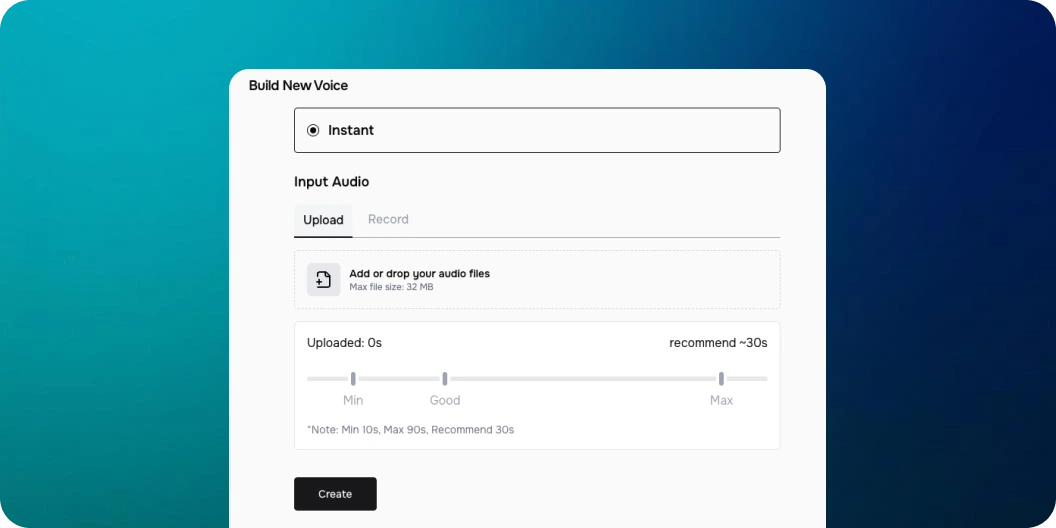How to Voice Clone
Nov 25, 2025

Over the past few years, the global AI voice market has grown rapidly. In the areas of speech recognition, synthesis, and voice agents combined, the industry is projected to grow from 3 billion USD in 2024 to 47 billion by 2034. Part of the technology fueling this growth is the insane progress companies like Fish Audio have made in voice cloning accuracy and performance. Voice cloning is now available to input just 10 seconds of recorded audio and produce lifelike human speech indistinguishable from the source’s real speech.
What Makes Voice Cloning Important?
Voice cloning is being applied in many novel ways across many industries, from conversational agents for customer support use cases to AI companions who provide friendship. Integral to any of these scenarios is the emotional expressiveness and naturalness of the voice. To cover any use case a developer or content creator could want, voice cloning enables you to clone anyone’s voice given a recording of them speaking. This means you can give a soulful voice to an enchanting wizard, a gruff minotaur, or a helpful customer service agent.
How to Voice Clone
To create your own voice, you can use Fish Audio’s voice cloning abilities.
 Here’s how you can get started cloning your own voice:
Here’s how you can get started cloning your own voice:
1. Record your voice
Find a quiet space, such as your bedroom or an office room. Avoid recording near open windows, traffic, or other noisy environments. Use a microphone, headset, or phone to record yourself talking. Fish Audio requires at least 10 seconds of audio. You can read the sample script available on the voice cloning page.
2. Upload your voice
On the voice cloning page upload your voice. Try to minimize background noise and audio artifacts.
3. Provide some information about the voice and click done.
You can name your voice, provide a description, cover image, and also make the voice public, unlisted, or private. Once you click done, your voice will be ready in just a few seconds!
4. Troubleshooting
If your voice sounds robotic or grainy, make sure you’re the only person speaking in the audio recording. You can also try a different recording device, moving closer to the microphone, or moving to a quieter location.
With that, you’ll have your own voice cloned and ready to use for any of your own applications! If you have permission, you can also clone anyone else’s voice using an audio clip of them talking.
Fish Audio’s voice cloning abilities power millions of characters around the world. Start cloning and generating realistic speech for free today!